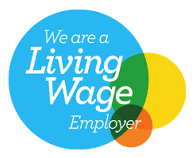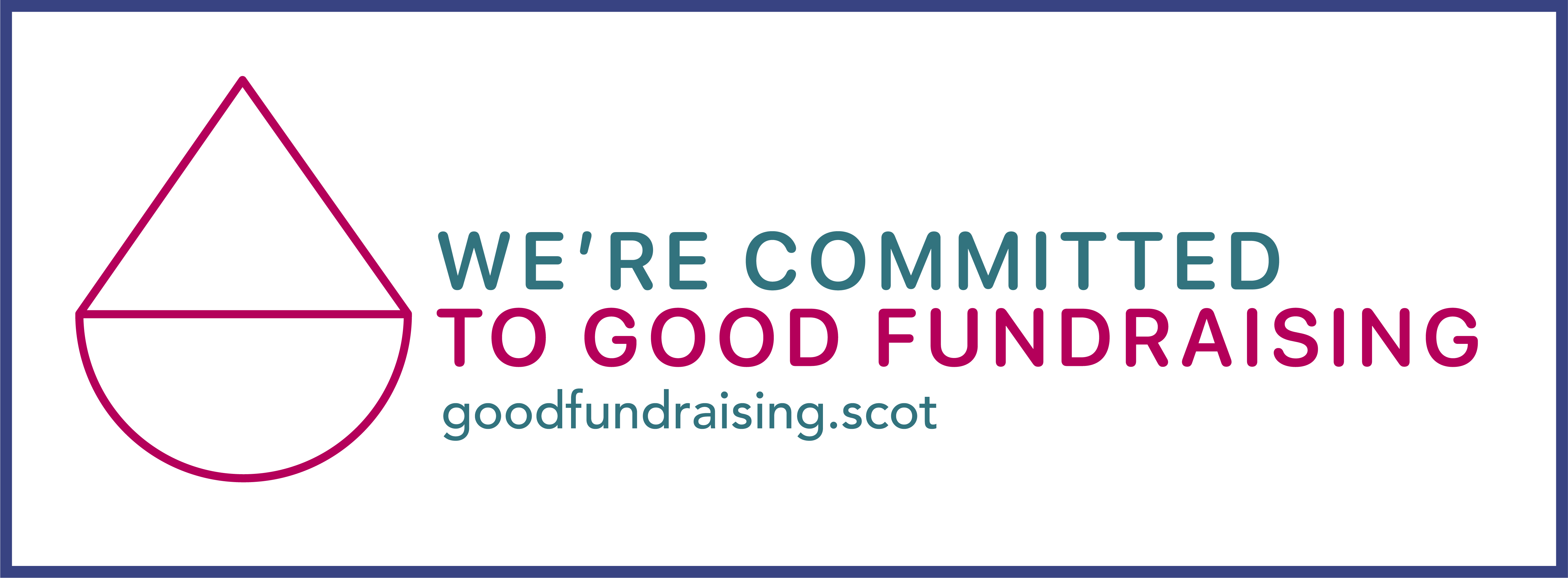Blog | Suicide prevention
22nd June 2020
At this time of uncertainty, suicide prevention has never been more important. In our latest blog, Public Affairs Officer Craig Smith talks about suicide prevention, what needs to change, and what SAMH is doing to support people across Scotland.
SAMH suicide prevention will always be a top priority, both in the work we do supporting people in our communities and through our public affairs and campaigning activities.
First some facts.
On average, two people a day in Scotland die by suicide.[1] While suicide devastates and affects all communities, we know some groups are at higher risk. People who are living in poverty are over three times more likely to die than people living in our least deprived communities.[2] Men in the middle aged years, the LGBT+ community, as well as people with a history of mental health problems and those who have self-harmed are also at increased risk.
So what can be done?
Giving people the confidence and skills to ask about suicide can be key to saving lives. We know suicide is preventable. With access to the right support we can prevent suicide and tackle the stigma which prevents people asking for help when they need it.
SAMH has long called for suicide prevention training, providing people with the skills to intervene where they feel someone is at risk, to be widely available. Right now, Scotland already has access to a great training resource: Applied Suicide Intervention Skills Training (ASIST). We want to see ASIST retained by the Scottish Government and made more widely available to people working in a large range of settings such as health, workplaces, and the wider community.
Ensuring that services are available to support everyone in distress or crisis is also crucial to suicide prevention in Scotland. In these challenging times, we’re encouraged that in response to the coronavirus pandemic, the Scottish Government has rolled out the Distress Brief Intervention (DBI) service nationally. DBI is an innovative way of providing support to people in distress in two clear stages, and as a provider of the DBI service we know first-hand that it works. This roll out is much needed and after the coronavirus pandemic we must see this commitment to DBI entrenched.
But it’s also essential that people have access to the support that is right for them. Gender and age sensitive services including peer support services could make a big difference, so we’re also calling on all health and social care partnerships to develop and commission these forms of services.
Simply put, stigmatising attitudes in our health and emergency services to suicide, self harm, or distress must be challenged and eradicated. We would like to see the Scottish Government and National Suicide Prevention Leadership Group work with See Me to address suicide related stigma.
We must also learn from previous deaths by suicide. By better understanding the circumstances leading up to a person’s death will allow services and agencies to make improvements to reduce the risk of future deaths. That’s why SAMH is calling for all multi agency reviews to be held after every suicide that are also inclusive for bereaved families.
When it comes down to it, suicide prevention is not something that we, or anyone can do alone. That is why SAMH is committed to continue to work with the Scottish Government and all organisations and communities involved in the work to reduce suicides.
Together we can reduce suicide in Scotland.
For more information about suicide prevention and the work SAMH is doing visit our suicide prevention page. To see the full list of our suicide prevention policy asks read our SAMH View.

